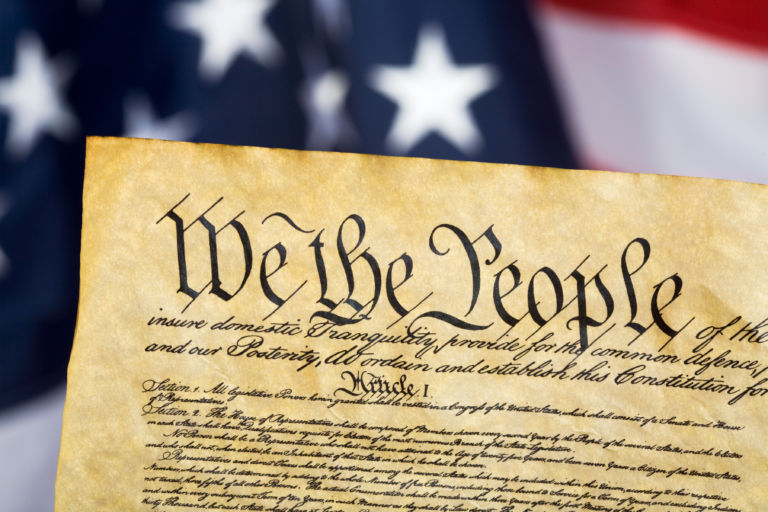Last week, Virginia’s General Assembly passed a resolution to ratify the Equal Rights Amendment to the United States Constitution. The legal legitimacy of this move, however, is highly questionable. Under the original text of the amendment, three-fourths of the states would need to ratify the amendment within seven years for it to become law. JLF’s Jon Guze explains:
This meant that 38 states had to ratify the proposed amendment by March 22, 1978, for it to become a valid part of the Constitution. By the time the deadline was reached, however, only 35 states had done so. Rather than give up, the ERA’s supporters persuaded Congress to pass a new resolution extending the deadline to 1982.
It was far from clear that such an extension was legal, and a lawsuit challenging the extension eventually reached the Supreme Court. However, by the time it did so, the new deadline had passed without any additional states ratifying the ERA. The Court, therefore, held that the case was moot.
Even with the four-year extension, the amendment did not achieve the 38 states required for ratification. Guze writes:
Further complicating matters, by the time the original deadline had passed, four of the 35 states that had originally ratified the amendment had rescinded their ratifications, and, in 1979, a fifth state imposed a March 22, 1979 “sunset” on its ratification, effectively withdrawing that ratification as well. Members of the Democratic-led North Carolina legislature attempted to pass the ERA in 1973, 1975, 1977, 1979, 1981, and 1982, but they were never able to secure the necessary votes for passage.
The ERA still has a loyal group of supporters who are willing to take unconventional means to ensure the ERA’s adoption into the constitution. Guze writes:
In the 1990s, however, some of its supporters came up with an elaborate, three-step plan to revive it. Step One: persuade three more states to ratify the amendment. Step Two: persuade Congress to extend the ratification deadline retroactively. Step Three: persuade the courts to (1) approve the validity of the retroactive extension by Congress, and (2) deny the validity of the rescissions and sunset provisions by which five states had withdrawn their prior ratifications.
With Virginia’s ratification, ERA supporters have finally completed step one:
The ERA revival plan made significant progress in 2017 and 2018 when Nevada and Illinois ratified the moribund ERA. In 2019, Democrats advanced legislation in the General Assembly in an effort to make North Carolina the 38th and final state to ratify the ERA.
Only time will tell if steps two through four come to fruition.
Read the full brief here. Watch Guze speak about more key constitutional issues on Carolina Journal Radio here.


